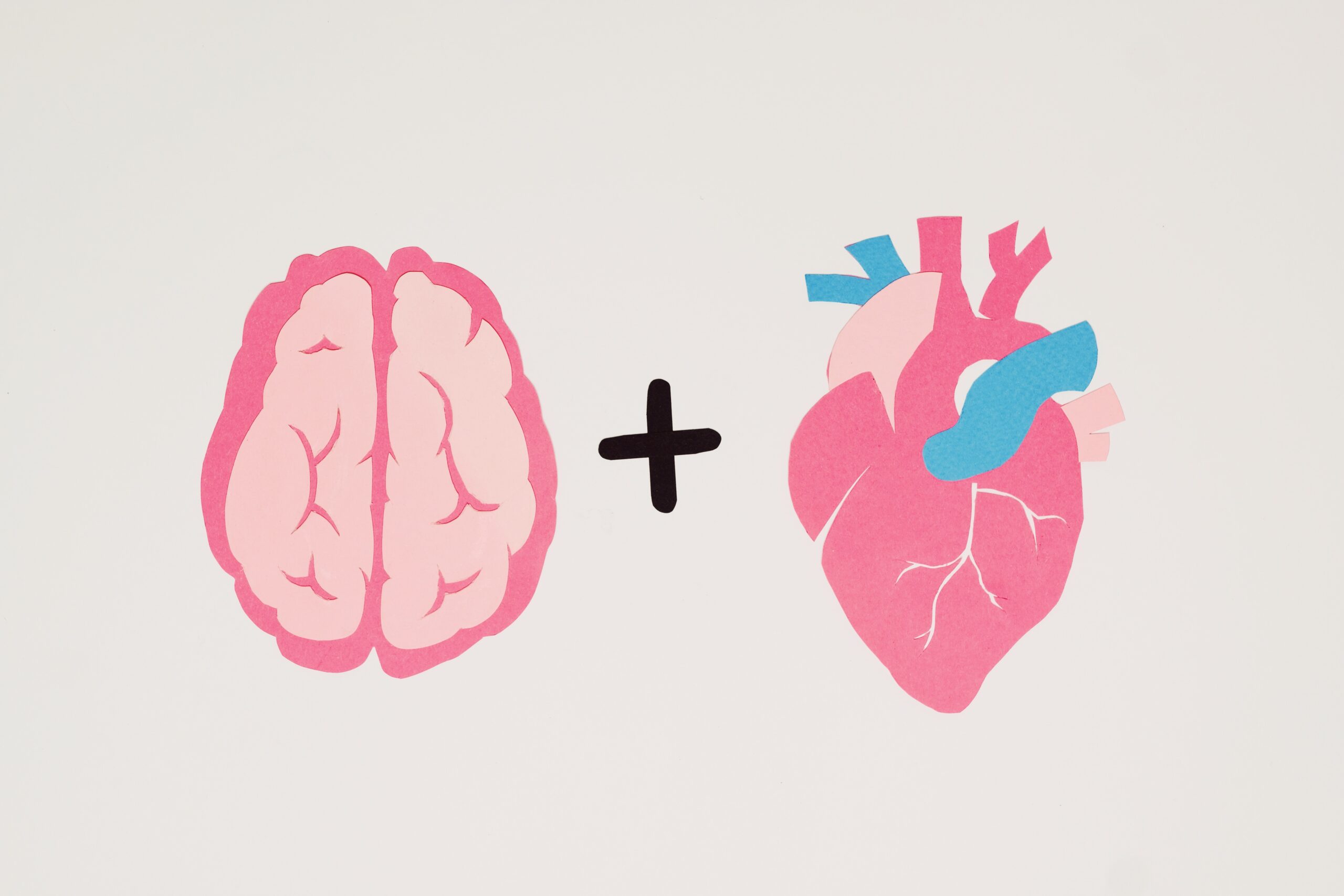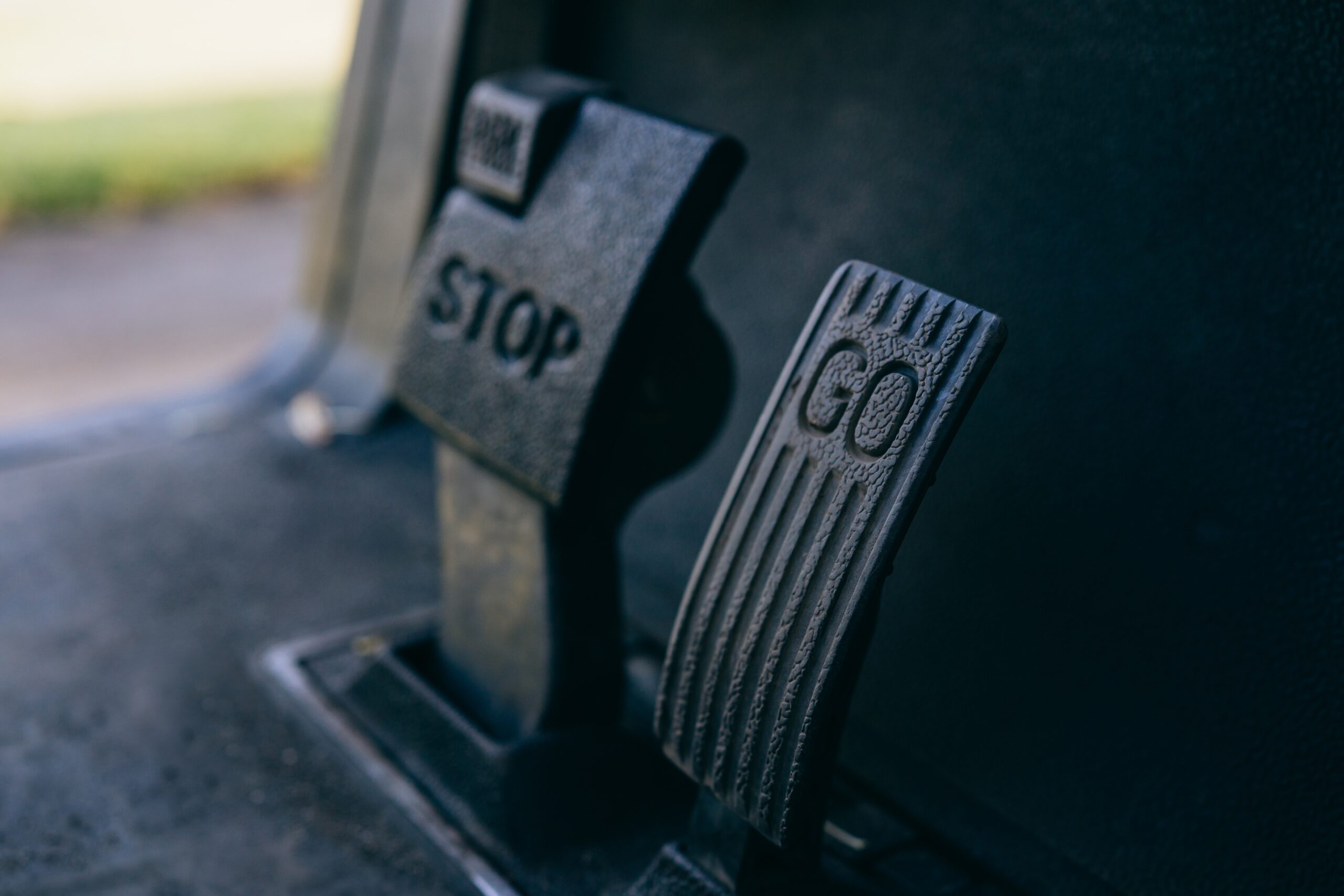Understand Addiction
Before we have a successful intervention, we need to empathize with our loved one over what they are going through. We do this by gaining a basic understanding of addiction. When we enter an intervention with sympathy and understanding, the person of concern will see us as an ally rather than an enemy.
To spot the growth of an addiction look for aspects of a person’s life that have been lacking attention. An AP will put on a front, especially when they have a productive work life. However, before substance use interrupts work, it will start to chip away at family responsibilities and relationships. The addicted brain will always choose the reward of a substance despite its negative consequences. The self aware lack of control will cause your loved one to feel shame and guilt after using. It further convinces them to hide the addiction.
Addiction is as a relationship gone awry. Time spent with a substance may have seemed okay while it was fun, but at a certain point it becomes clear that the relationship is toxic. Often an addicted person (AP) wants to get back to the initial “honeymoon phase” of their substance use. We know that once a relationship is over; there is no going back. Likewise with addiction, substance abuse has altered the original chemistry of the brain, and there is no way to go back to the early stages of use.
Deeply programmed in our brain is a response to things that feel good; if it feels good, we want to do it again. This response in our brain is particularly strong after using drugs and alcohol.
Neuroadaptation
The first time someone uses a substance the brain says, “I like it, do that again!”
Continued use reprograms the brain to tell the body that it needs the drug to survive. For the AP, it is not a matter of wanting to use or wanting to quit, but a matter of needing a substance to survive. This type of activity in the brain is referred to as Neuroadaptation. Once this process has occurred, the lack of a substance can cause severe, physical withdrawal symptoms.
A human deprived of food and water will cross a desert. Parents fiercely protect their children in the presence of danger. These types of behaviors are deeply ingrained in all of us. Addiction programs substance in the same way as other survival behaviors. We can’t shut them off, and will-power alone won’t overcome them.
Addiction’s reprogramming of the brain places substance use at the top of a person’s hierarchy of needs. It takes precedence over self actualization and it’s much more important than the basic needs of food, shelter and water. It is not uncommon to see an addicted person drop their responsibilities as a parent, or disregard feeding even themselves. When we realize the strength of an addiction and its power over a person it is ridiculous to say, “Why can’t you just stop?” Their brain has been rewired to see substance use as a form of survival, and their only need.
Neuroadaptation is permanent. It can also be passed down genetically to subsequent generations. This is why people can’t return to use in the future. What has been changed cannot return to its default setting. This is why moderation, or changing out a substance “For a less problematic one,” is not possible. The only non destructive route for an addicted person is to start on the path to recovery and discover a fulfilling, sober life.
Breaking the Cycle
In recovery, the first goal is to break time’s recurring cycle of substance use. Time spent in a sober state can settle the brain’s dependency. We know that many people will need a month-long residential stay to start settling down. Once this has been achieved, an addicted person can learn to regulate urges with intellectual and emotional processes. After leaving a treatment center, the work is not over. Outpatient programs and 12 steps meetings are necessary to develop the emotional intelligence required for long term recovery.
The end goal is the long term recovery, and the starting point is understanding addiction. When we take the time to understand addiction, we also gain the perspective of the bigger picture. Our loved one may not comprehend the work ahead, but they will feel our empathy. Being at their side increases the likelihood of a successful intervention.
About Adam Banks
Adam Banks is a certified interventionist and the owner of Adam Banks Recovery. After receiving an MBA from the University of Chicago, Adam built a company that was later acquired by United Health Care. His discipline and attention to detail comes from his former career as an airline pilot, holding an ATP, the FAA’s highest license.
Today, Adam is dedicated to helping others achieve long-term sobriety. His work has guided executives, pilots, and physicians on paths to recovery. Adam brings families together through a loving and inclusive approach.
Adam has authored four books on addiction. His recent work, Navigating Recovery Ground School: 12 Lessons to Help Families Navigate Recovery, educates families on the entire intervention process. He also offers a free video course for families considering an intervention for a loved one.
Adam is available for alcohol and drug intervention services in New York, Long Island, the Hamptons as well as nationally and internationally.












